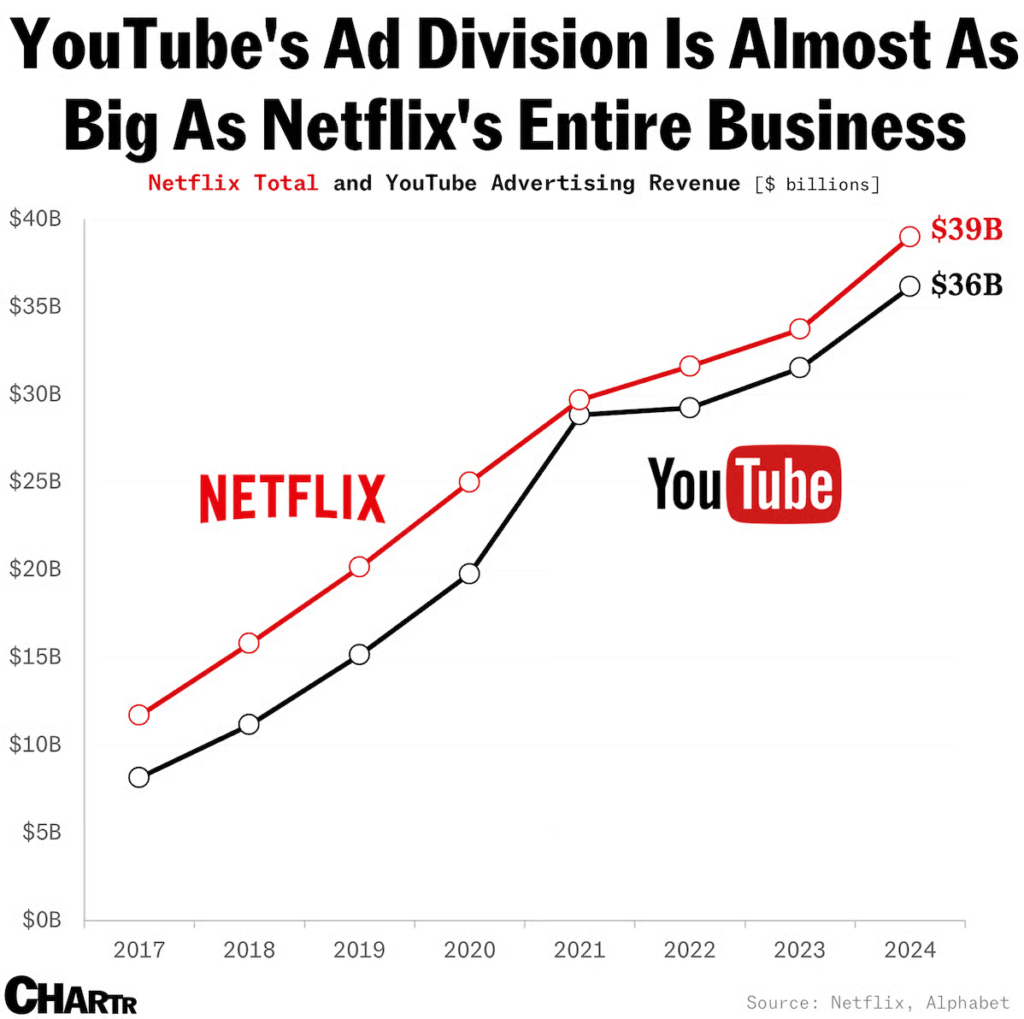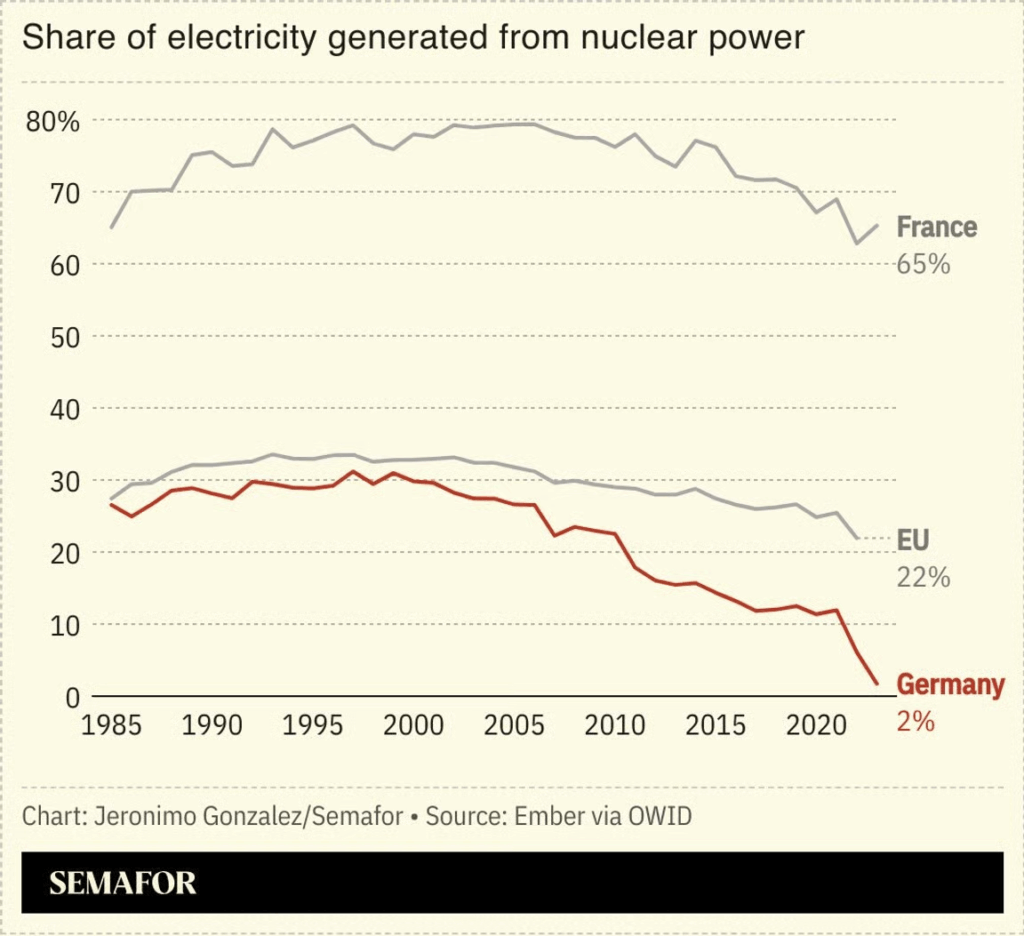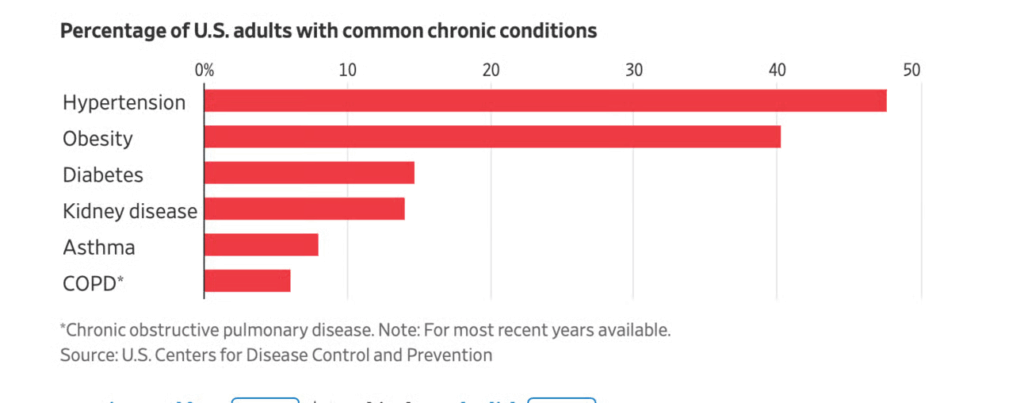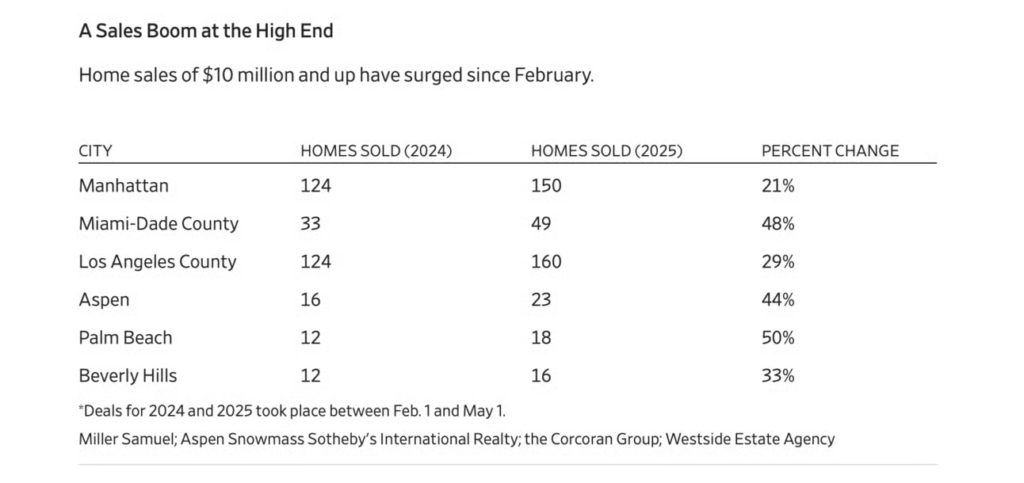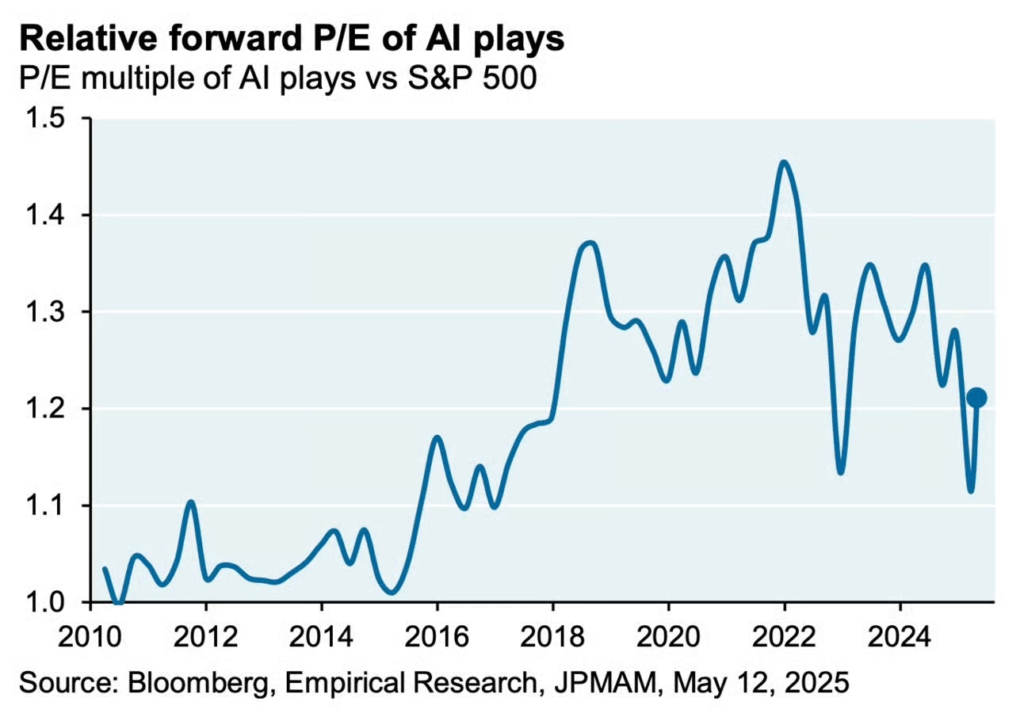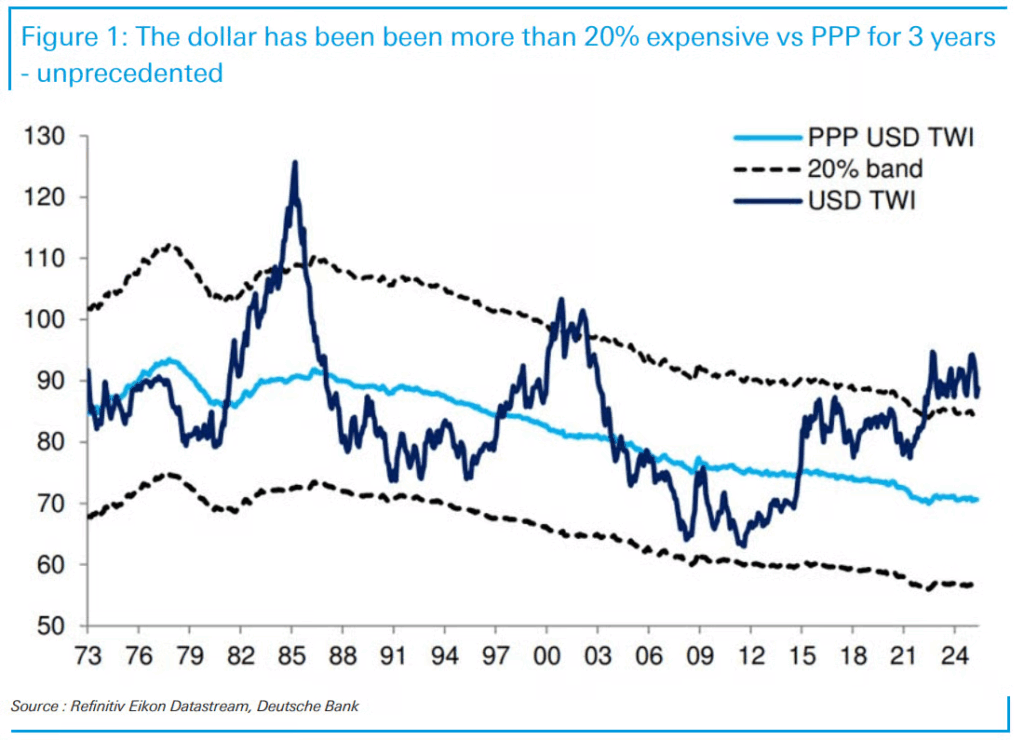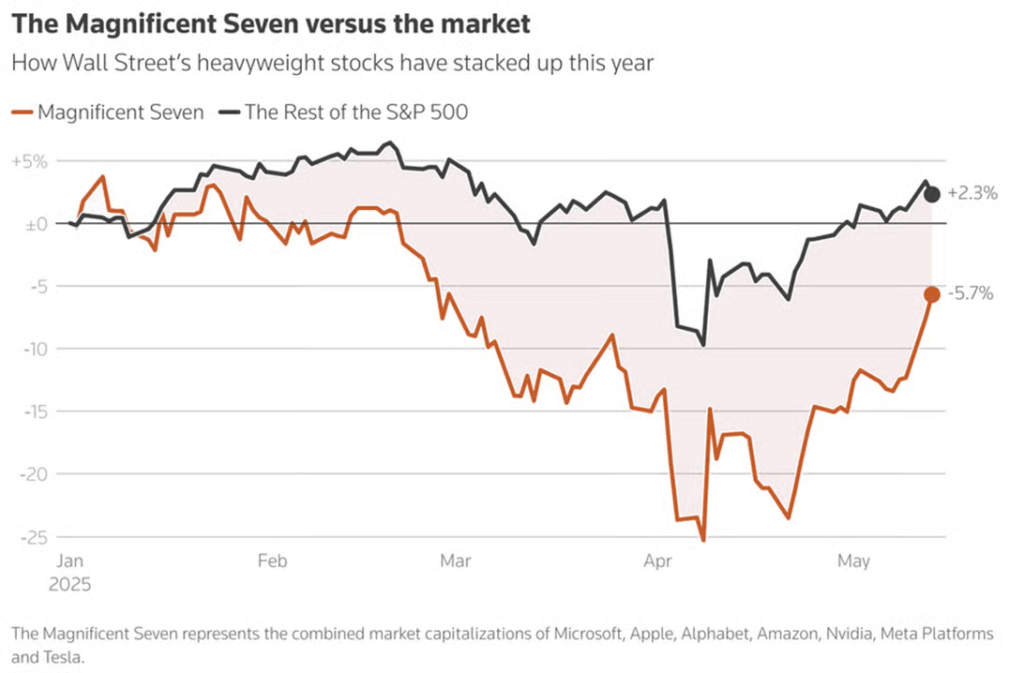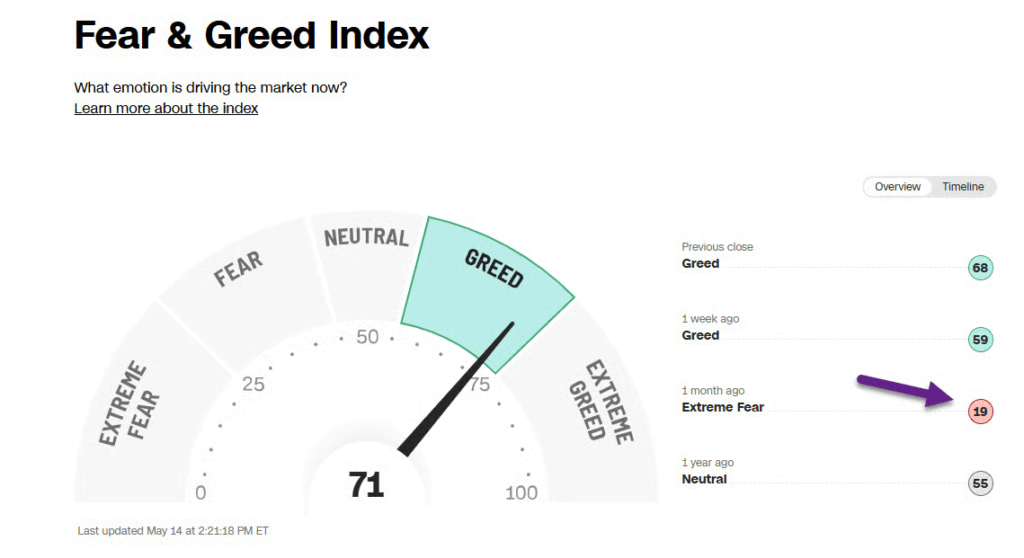1. The Tech Industry is Huge and Europe’s Share is Very Small—”pubs in London’s financial district are usually full at 2 p.m. on Thursdays.”
Odenwald had spent nearly three decades working in California but hoped he could help build a European tech giant to compete with the Americans. He was shocked by what he saw. Colleagues lacked engineering skills. None of his team had stock options, reducing their incentive to succeed. Everything moved slowly. After two months, Odenwald quit and returned to California.

WSJ
2. S&P 500 +19% in 27 Trading Days …One of the Greatest Comebacks in Market History
In Rare Company”: The S&P 500 is up over 19% in the last 27 trading days, one of the greatest comebacks in stock market history.

Charlie Bilelo
What immediately jumps out when looking at that table of big short-term rallies?
With the exception of November-December 2008, all have occurred at the start of new bull markets, following historic bear market lows in…
3. No Idea What Shakes Out Here…But Interesting Chart
Netscape vs. ChatGPT. “The Nasdaq after the releases of Netscape versus ChatGPT continues to track eerily closely. Bulls should hope the trend remains because we’re still in 1997 on this analogue…”
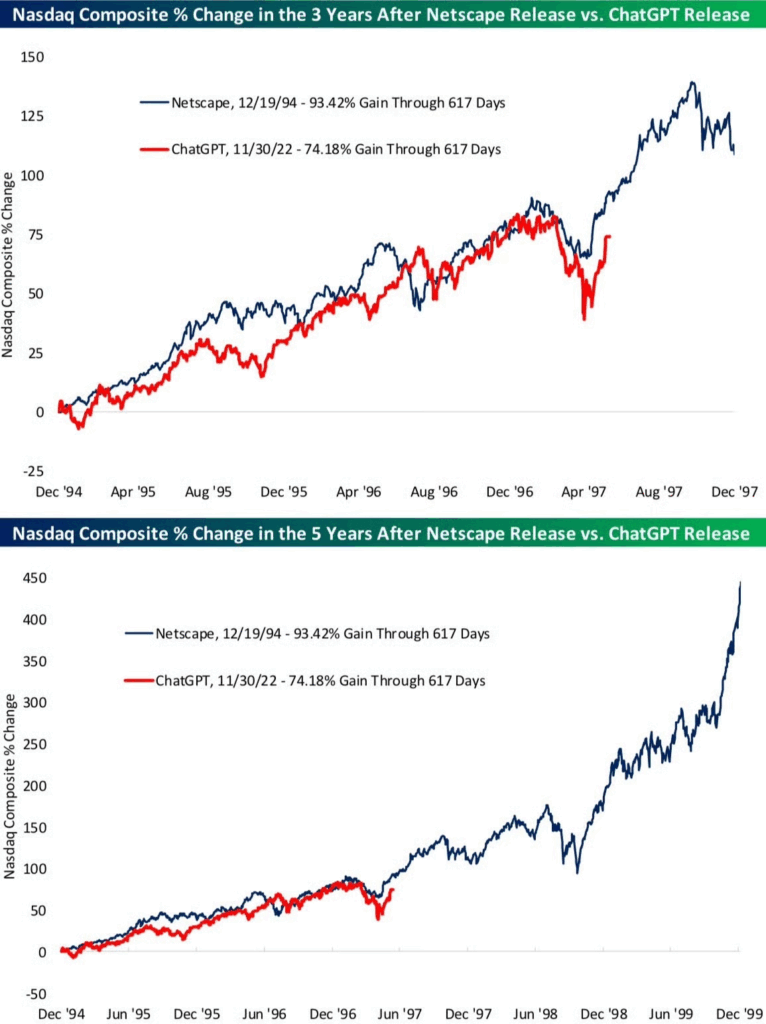
Bespoke
4. Mega Cap AI Capital Spending Not Slowing Down

Bespoke
5. However Venture Different Story…New report shows the staggering AI cash surge — and the rise of the ‘zombiecorn’
Key Points
- Silicon Valley Bank said in a report published on Tuesday that about 40% of the money raised by U.S. startups last year came from funds focused on AI.
- Capital-intensive companies like OpenAI and Anthropic require billions of dollars to fuel their growth, but investors aren’t getting returns yet, and the IPO market has remained quiet.
- Thus, there’s been an increase in the number of “zombiecorns,” or companies “with poor revenue growth and unit economics” that are struggling to raise money, the report said.
Via CNBC: Venture capital firms focused on artificial intelligence are driving much of the growth in the startup market, while companies in other areas are struggling to raise cash, according to a report from Silicon Valley Bank.
About 40% of the total amount raised by U.S. venture funds last year was from funds that “list AI as a focus,” SVB said in its “State of enterprise software” report published on Tuesday. That’s up from 10% in 2021. AI companies accounted for 45% of U.S. venture investment in enterprise software, jumping from 9% in 2022.
The dollars from AI megadeals — rounds of $100 million or greater — represented about half of all the money raised in the overall megadeal category. That’s a group that includes OpenAI and Anthropic.
“Exclude AI investment and the story changes,” the SVB report said. “There is no meaningful uptick for companies not leveraging AI, with investment from this group essentially flat for the last year.”
The challenge for the broader market is that exit activity remains tight, a theme that’s been in place since soaring inflation in late 2021 led to rising interest rates and a move out of risk.
Many investors were bullish that President Donald Trump’s return to the White House would reinvigorate the startup economy due to the prospect of lower taxes and less regulation, but the aggressive tariff policy announced in early April led several companies to delay planned IPOs.
The tech IPO market is showing signs of picking back up.
6. QQQ Short-Term Oversold to Overbought in One Month on RSI (arrows)

StockCharts
7. Analysts Stop Cutting Earnings Estimates

Sherwood
8. Retail Investors Still Underperform Even After Buying the Dip
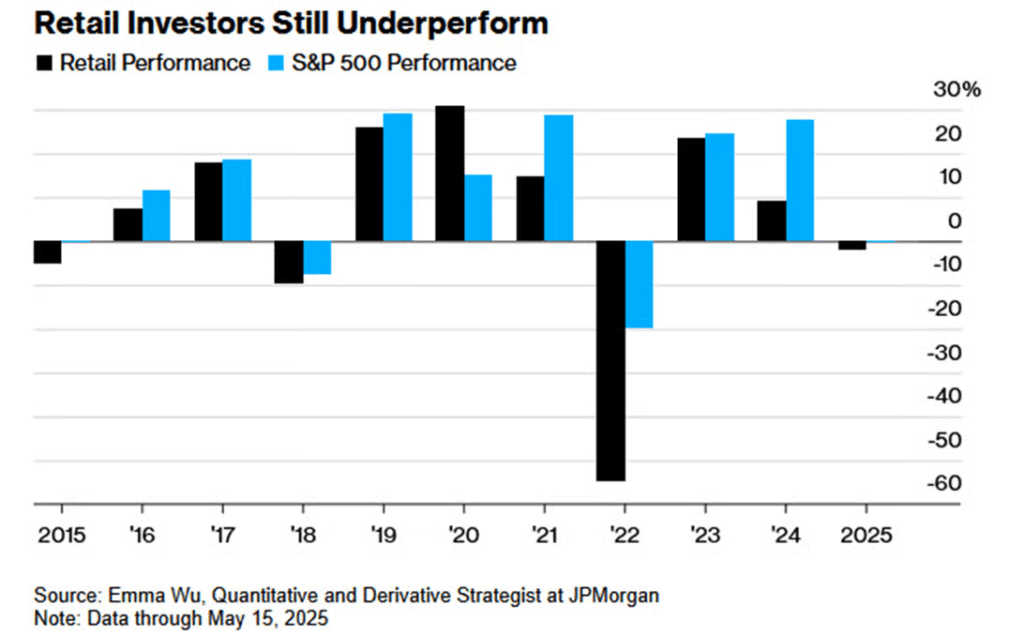
Bloomberg
9. Walmart Sees 255 Million Customers Per Week

DemandSage
10. Grade Inflation and Declining Test Scores.
















